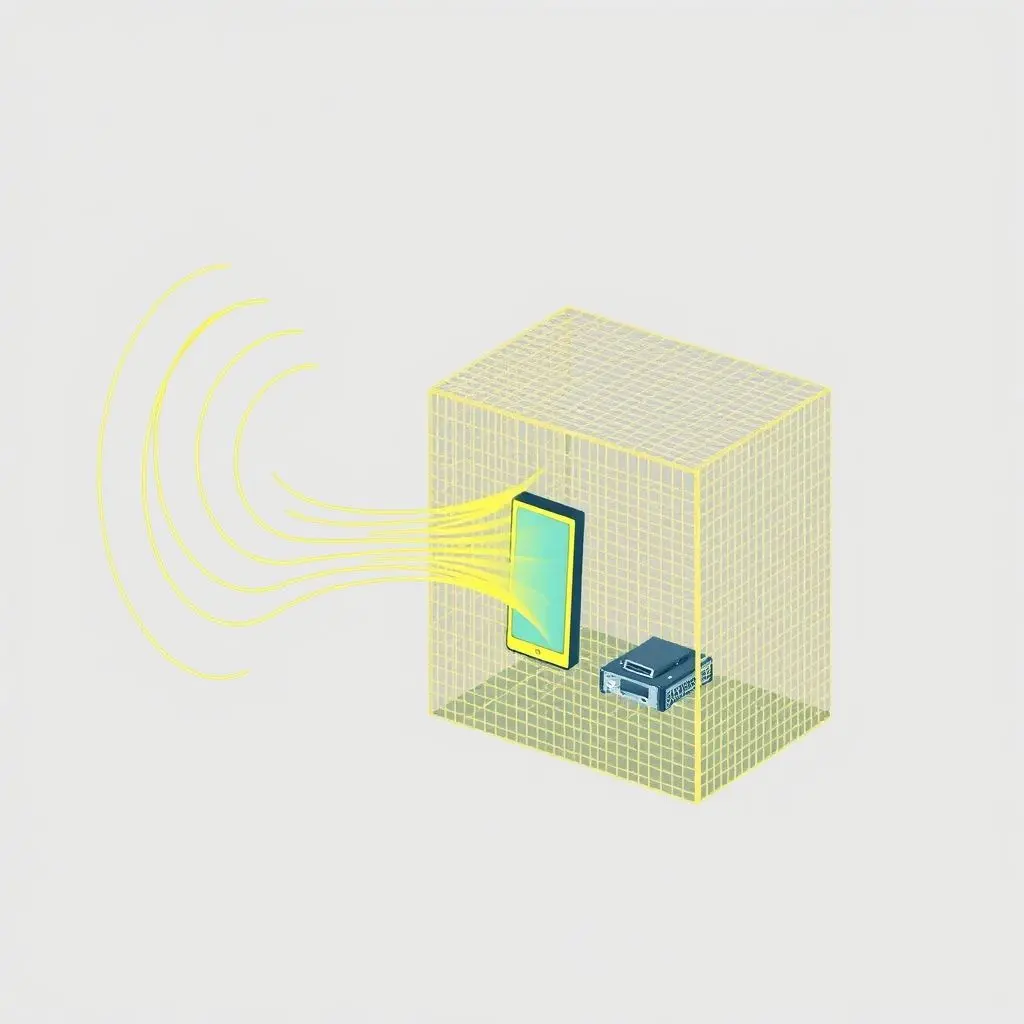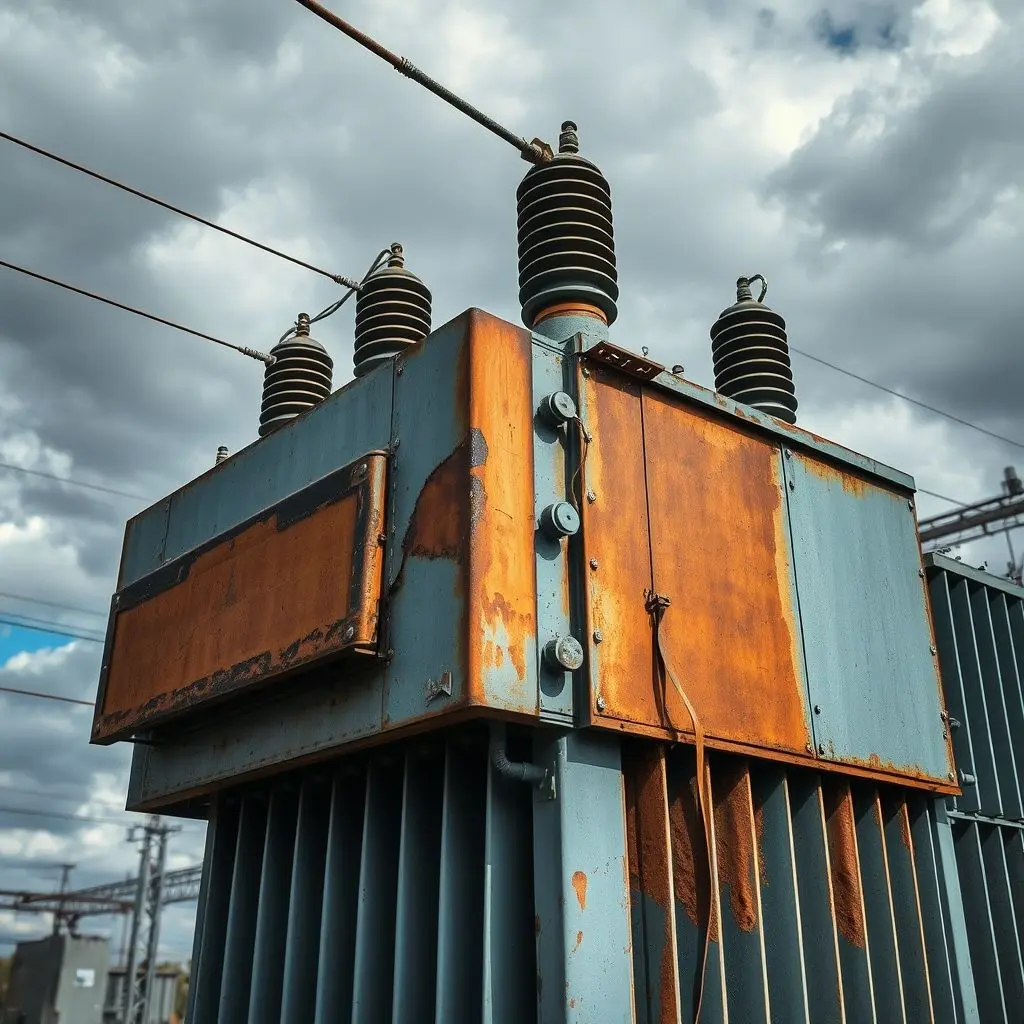The scenario is chillingly simple: a sudden, unseen force erupts, and in an instant, the digital world collapses. Every smartphone screen goes black, cars roll to a halt, computers freeze into useless boxes. The terrifying myth of a nuclear electromagnetic pulse (EMP) destroying all electronics forever sounds like the ultimate tech apocalypse, a plot ripped straight from a sci-fi thriller. But is this dramatic vision truly rooted in reality?
While the idea of a global, permanent tech wipeout makes for compelling fiction, the actual effects of a nuclear EMP are far more nuanced, complex, and — dare we say — less universally catastrophic than often portrayed.
Table of Contents
Unpacking the Nuclear EMP Phenomenon
So, what exactly is a nuclear EMP? It’s a powerful burst of electromagnetic energy caused by a nuclear detonation, particularly one that occurs at high altitude (a HEMP – High-Altitude Electromagnetic Pulse). When a nuclear weapon explodes high above the Earth’s surface, gamma rays emitted interact with the atmosphere, creating a cascade of high-energy electrons. These electrons, influenced by the Earth’s magnetic field, generate a transient but intense electromagnetic field – the EMP.
This pulse isn’t like a lightning strike hitting a single point; it’s a sweeping electromagnetic wave that can cover vast geographical areas, potentially impacting electronics across an entire continent depending on the altitude and yield of the detonation.
How an EMP Can Damage Electronics
The primary way an EMP damages electronics is not by instantly vaporizing them, but by inducing massive voltage surges and currents in electrical conductors. Think of anything long and conductive: power lines, communication cables, even the wiring harnesses in your car or the traces on a circuit board. When the EMP wave interacts with these conductors, it can act like a giant antenna, picking up the energy and generating powerful electrical surges.
These surges can overwhelm the delicate microcircuitry found in modern electronics. Components designed to operate on low voltages can be subjected to thousands, or even tens of thousands, of volts. This can cause:
- Component Burnout: The sudden rush of current can literally fry transistors, integrated circuits (ICs), and other sensitive parts.
- Insulation Breakdown: High voltages can break down the insulating materials within components or cables, leading to short circuits.
- Data Corruption: While less likely to physically destroy hardware, the sudden voltage fluctuations can scramble data in memory chips.
Yes, this is serious. It absolutely has the potential to cause widespread failure in modern electrical grids and many types of electronic devices connected to or containing significant wiring.

The Critical Reality Check: Not Everything Fails, Not Forever
Here’s where the myth of total, permanent, universal destruction falls apart. The effects of an EMP are far from uniform. Several factors determine whether a device survives, suffers temporary glitches, or is permanently damaged:
1. Distance and Intensity
The strength of the EMP field diminishes with distance from the burst point. While a high-altitude burst covers a vast area, the intensity isn’t uniform. Damage is more likely closer to the ground zero projection.
2. Device Type and Complexity
Modern devices with very small, sensitive components operating at low voltages are generally more susceptible. Think microprocessors, complex ICs in smartphones, computers, and modern vehicle control systems.
Older technologies, particularly those relying on analog circuits, vacuum tubes, or simply lacking extensive solid-state electronics, are far more resilient. Your grandmother’s old car with points ignition and minimal electronics? Much more likely to survive than a brand new car filled with dozens of interconnected computer modules.

3. Shielding and Hardening
This is a crucial factor. Any conductive enclosure can act as a Faraday cage, blocking or significantly attenuating the electromagnetic pulse. Metal cases on electronics, shielded cables, and especially purpose-built shielded rooms or buildings can protect sensitive equipment inside.
Military and critical infrastructure systems (like command and control centers, some communication nodes, and certain parts of the power grid in some countries) are often ‘hardened’ against EMP effects. This involves shielding, surge protectors, and designing circuits with greater resilience.
4. Connection to Conductors
Devices that are plugged into long power lines or communication cables are much more vulnerable than standalone, battery-powered devices that are not connected to any external wiring. An unplugged laptop or phone in a shielded building (like a modern concrete and steel structure) is much more likely to survive than one charging via a power outlet.

5. Type of Damage
Even if affected, the damage isn’t always permanent burnout. Some devices might experience temporary glitches, require a simple reset, or suffer degraded performance rather than complete destruction. Power grids might collapse due to relay and transformer damage, leading to widespread blackouts, but the physical infrastructure (towers, lines) often remains intact, allowing for eventual repair and restoration.
So, while a nuclear EMP is a devastating threat capable of causing immense disruption and destroying large amounts of unprotected electronic equipment, the idea that every single electronic device on the planet would be instantly and permanently fried is a significant exaggeration.
Pop Culture vs. Physics
Why does this myth persist? Largely due to its dramatic potential in movies, books, and even casual discussions. The image of a world plunged instantly back into a pre-industrial age is powerful and terrifying. While the consequences of a large-scale EMP event would undoubtedly be severe, impacting power, communications, transport, and finance, the physics dictates a more complex, varied outcome than popular fiction often depicts.
Want a quick visual rundown of the core idea? Check out this short take:
What Technology Stands a Better Chance?
Based on the science, certain technologies are inherently more resistant or can be made more resistant:
- Simple Mechanical Devices: Anything purely mechanical, like old watches, manual tools, or non-electronic appliances.
- Older Electronics: Devices using vacuum tubes or less integrated solid-state components (though still vulnerable via connected power lines).
- Battery-Powered Devices (unplugged): Especially if they are small and within a conductive enclosure (like a metal phone case or laptop body).
- Shielded Equipment: Electronics inside deliberately shielded rooms, buildings, or Faraday cages.
- Hardened Systems: Military and critical infrastructure built with EMP resistance in mind.
It’s a spectrum of vulnerability, not a simple on/off switch for all technology.
Building Resilience Against the Pulse
Understanding the true nature of the EMP threat isn’t just academic; it’s crucial for building resilience. Efforts to protect critical infrastructure focus on hardening key components of the power grid, improving shielding for essential communication nodes, and developing surge protection technologies. For individuals, simple measures like keeping sensitive electronics unplugged during times of heightened risk (if such risk could be known in advance) or storing backups in shielded containers could offer some protection, though this is complex and not a guaranteed solution against a powerful nearby pulse.
Frequently Asked Questions About EMPs and Electronics
Q: Would my car stop working after an EMP?
A: Modern cars rely heavily on electronic control units (ECUs) and complex wiring. They are highly vulnerable, especially through their extensive wiring harness acting as an antenna. Older cars with minimal or no electronics (like pre-1980s models) are much more likely to remain functional.
Q: Will my smartphone or laptop survive?
A: If unplugged and not connected to external cables, they stand a better chance, particularly if they have metal casings providing some minor shielding. However, they contain highly sensitive microelectronics. Their survival is not guaranteed and depends heavily on the pulse intensity at their location and their exact design and state when the pulse hits.
Q: Would a Faraday cage protect my devices?
A: Yes, a properly constructed Faraday cage (a conductive enclosure that completely surrounds the device) can provide significant protection by diverting the electromagnetic energy around the contents inside. The effectiveness depends on the quality of the cage and the frequency spectrum of the EMP.
Q: How are military electronics protected?
A: Military equipment designed for operation in or after a nuclear environment is often built with EMP hardening. This includes extensive shielding, surge protection devices, and circuit designs that are less susceptible to voltage spikes.
Q: If the power grid goes down, how long would it take to restore?
A: This is a complex question. While the physical lines might survive, critical components like transformers and control systems could be damaged. Replacing large transformers is a lengthy process (months, potentially longer if many are destroyed and manufacturing is disrupted). Full grid restoration across a wide area could take weeks or many months, depending on the extent of the damage and available spare parts and resources.

Beyond the Zap
The nuclear EMP threat is real, and its potential consequences for our technology-dependent society are severe, particularly regarding critical infrastructure like the power grid. However, the Hollywood narrative of a complete, permanent end to all electronics globally isn’t supported by the science. Understanding the nuances – what’s vulnerable, what’s resistant, and why – allows for more realistic preparedness and resilience efforts, moving beyond the myth to face the actual challenge.
Did this breakdown clarify things for you? Power up that like button and subscribe for more insights into the tech that powers (or might fail to power) our world. Stay informed, stay prepared (realistically speaking!).





